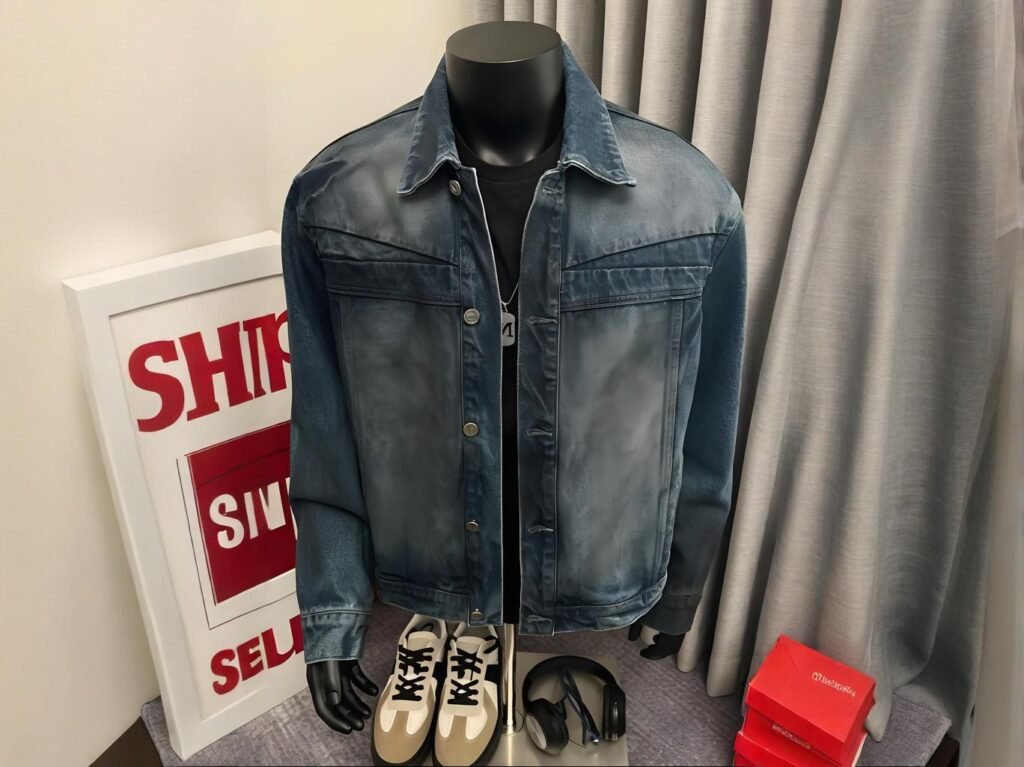
Denim color isn’t just aesthetics—it’s the soul of a brand’s identity. When a fashion label offers a signature denim hue, it’s not just about looking good—it’s about story, emotion, and positioning. Custom denim dyeing empowers private labels to distinguish themselves with exclusive color narratives, premium feel, and purposeful sustainability. Custom dyeing allows brands to deliver unparalleled uniqueness through tailored shades, superior fastness, and intentional environmental practices—transforming a raw fabric into an expression of brand identity while maintaining professional quality control, consistency, and strategic cost.
Here’s a story: A boutique label in Scandinavia asked their dye mill to replicate the blue-gray hue of a Norwegian fjord just at dusk. The lab dip process took eight iterations, matching both UV influence and water quality. Their finished collection sold out in two weeks—proof that nuanced dyeing can connect on an emotional level.
What Are the Most Common Denim Dyeing Methods Used Today?
When creating custom colors, mills typically choose from rope dyeing, slasher (sheet) dyeing, or foam dyeing—each with unique advantages in color-depth, fabric handle, resource usage, and cost. The primary denim dyeing methods are rope dyeing (deep, vintage indigo look), sheet dyeing (efficient mid-depth shades), and eco-friendly foam dyeing (low water/chemical usage with customizable colors).
Comparing Dyeing Methods
1. Rope Dyeing
- Fabric yarns are continuously dyed in indigo baths, preserving outer fiber color for classic faded denim.
- Known for authentic vintage fade and high-cost price point.
2. Slasher/Sheet Dyeing
- Fabric is passed as a sheet through dye baths—faster and more economical than rope dyeing.
- Produces deep color saturation but less vintage effect.
3. Foam Dyeing
- Paint-foam application, extremely water-efficient (up to 90% less water used).
- Allows full color control and localized dye placement.
4. Garment Dyeing
- Dyeing after garment assembly—great for soft handfeel and tonal variations.
- Popular for private labels emphasizing artisanal appearance.
Denim Dyeing Method Comparison
| Dyeing Method | Water Use | Color Effect | Cost Implication |
|---|---|---|---|
| Rope Dye | High | Vintage, faded blue feel | Premium |
| Sheet Dye | Moderate | Solid indigo tone | Mid-range |
| Foam Dye | Low | Custom colors, precision | Efficient/eco-friendly |
| Garment Dye | Variable | Soft, tonal variation | Cost depends on volume |
How Does Custom Dyeing Add Value to Private Label Fashion Brands?
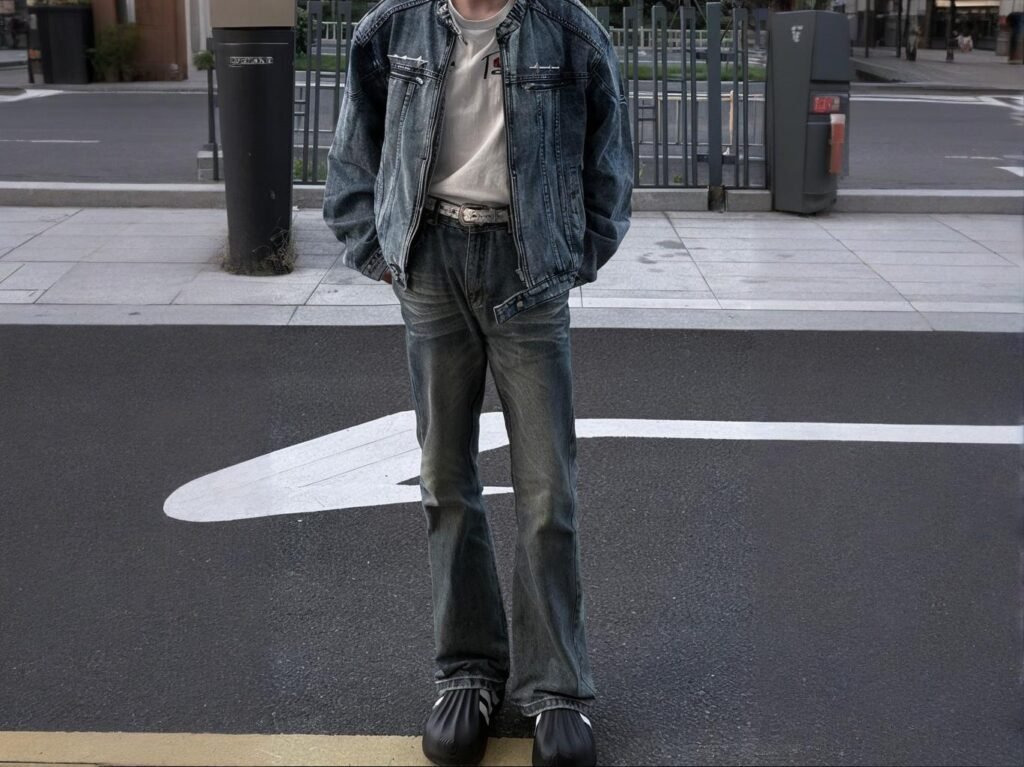
Custom dyeing isn’t just about color—it’s about story, exclusivity, and brand positioning. By crafting signature hues and finishes, brands establish identities that resonate emotionally with consumers. Custom dyeing helps private label brands stand out through unique colors, brand storytelling, aligned sustainability choices, and premium perception that supports higher margins and customer loyalty.
Added Value from Custom Dyeing
1. Unique Color Identity
- Custom shades like Patagonia’s eco-indigo or Off-White’s bleach-washed blues create immediate brand recognition.
- Enables product differentiation over mass-market denim.
2. Emotional Brand Storytelling
- Dye methods like vintage rope dye or plant-based indigo invite stories—crafted with tradition, sustainably sourced, or minimalist design ethos.
3. Premium Brand Perception
- Exclusive dye processes justify higher price points. Consumers often pay 15–25% more for limited colors with premium fastness.
4. Sustainability as Value Addition
- Eco dyes and water-saving processes signal a brand’s environmental commitment.
- 68% of global consumers prefer brands with responsible production practices (Nielsen 2024).
Why Custom Dyeing Drives Brand Value
| Value Proposition | Impact on Private Label Brands |
|---|---|
| Distinctive Color Halo | Brand recall, reduced direct competition |
| Storytelling & Heritage | Builds emotional connection with consumers |
| Premium Market Position | Higher ASPs and margins |
| Eco-Friendly Practices | Community trust and regulatory compliance |
Which Indigo Dyeing Techniques Offer the Best Color Fastness?
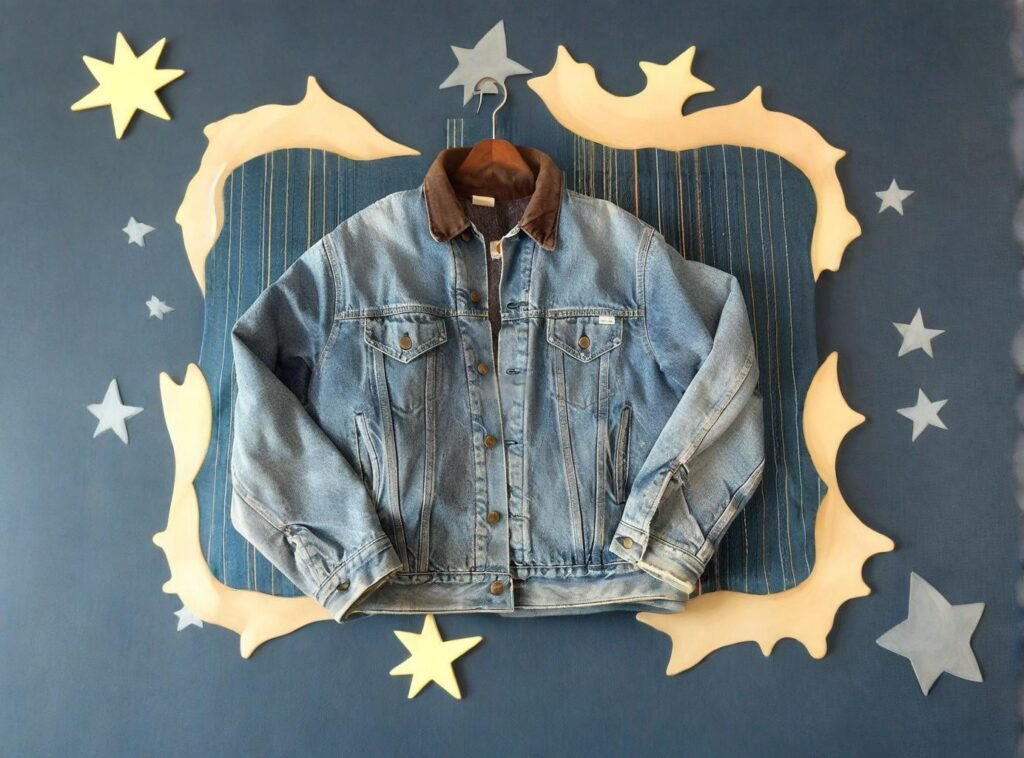
Color fastness is crucial for denim longevity, especially for premium brands. The right dyeing technique ensures the fabric withstands washing, sunlight, and abrasion without significant fading—preserving the integrity of the brand’s aesthetic. Rope dyeing and reactive dyeing offer the highest levels of color fastness in denim, with reactive dyes bonding chemically to fibers and rope dyeing allowing for deeper indigo penetration that fades naturally without bleeding.
Understanding Color Fastness by Technique
1. Rope Dyeing – Deep Indigo Stability
- Allows for repeated dipping cycles, creating stronger indigo layers.
- Ideal for brands seeking vintage fades without premature color loss.
2. Reactive Dyeing – Chemical Bonding
- Dyes form a covalent bond with cellulose, resulting in excellent resistance to fading.
- More often used in garment-dye or sulfur-black denim.
3. Sulfur Dyeing – Rich Blacks & Browns
- Used when reactive dyes aren’t feasible due to fabric or color limitations.
- Color fastness is lower unless properly fixed with post-treatment.
4. Natural Indigo – Lower Fastness, More Character
- Derived from plants and processed via traditional methods.
- Offers rich character but fades faster unless reinforced with mordants or modern hybrid techniques.
Color Fastness Comparison Table
| Dyeing Type | Wet Fastness | Light Fastness | Fade Style | Recommended For |
|---|---|---|---|---|
| Rope Dyeing | Moderate | High | Gradual/vintage | Premium faded looks |
| Reactive Dyeing | High | High | Stable/solid | Bright solid denims |
| Sulfur Dyeing | Moderate | Moderate | Subtle/uneven | Earth tones, black denim |
| Natural Indigo | Low–Moderate | Moderate | Organic fade | Heritage-inspired brands |
Do Small Fashion Brands Need Minimum Order Quantities for Custom Denim Dyeing?
Yes, most mills require a minimum order quantity (MOQ) for custom dyeing services due to the setup cost, dye bath calibration, and waste control. However, boutique factories like SzoneierFabrics now offer low-MOQ solutions to support small brands and DTC fashion startups. While traditional mills require high MOQs for custom denim dyeing, modern factories like SzoneierFabrics offer low-MOQ solutions (as low as 100 meters), enabling small fashion brands to access premium, custom-dyed denim.
MOQ Breakdown for Denim Dyeing
1. Why MOQs Exist
- Dyes require calibration and bath volume control.
- Machine settings vary based on yarn, fabric weight, and finish expectations.
2. Typical MOQ Ranges
| Fabric Type | Standard MOQ (Traditional Mill) | SzoneierFabrics MOQ |
|---|---|---|
| Rope Dyed Denim | 1,000+ meters | 300 meters |
| Sheet Dyed Denim | 500–1,000 meters | 200 meters |
| Garment-Dyed Denim | 300–500 pieces | 100 pieces |
3. MOQ Tips for Small Brands
- Combine colors to meet MOQ thresholds.
- Start with core shades (e.g., indigo, black) and use laser finishing for diversity.
- Use “lab dip-only” samples before bulk order to validate tone accuracy.
Real-World Insight:
One U.K.-based DTC denim brand used SzoneierFabrics’ 100m MOQ service to launch three shades of cropped jackets. Their initial 600-piece run sold out in 5 weeks, validating the concept without inventory risk.
How Does Fabric Weight and GSM Influence Dye Absorption in Denim?
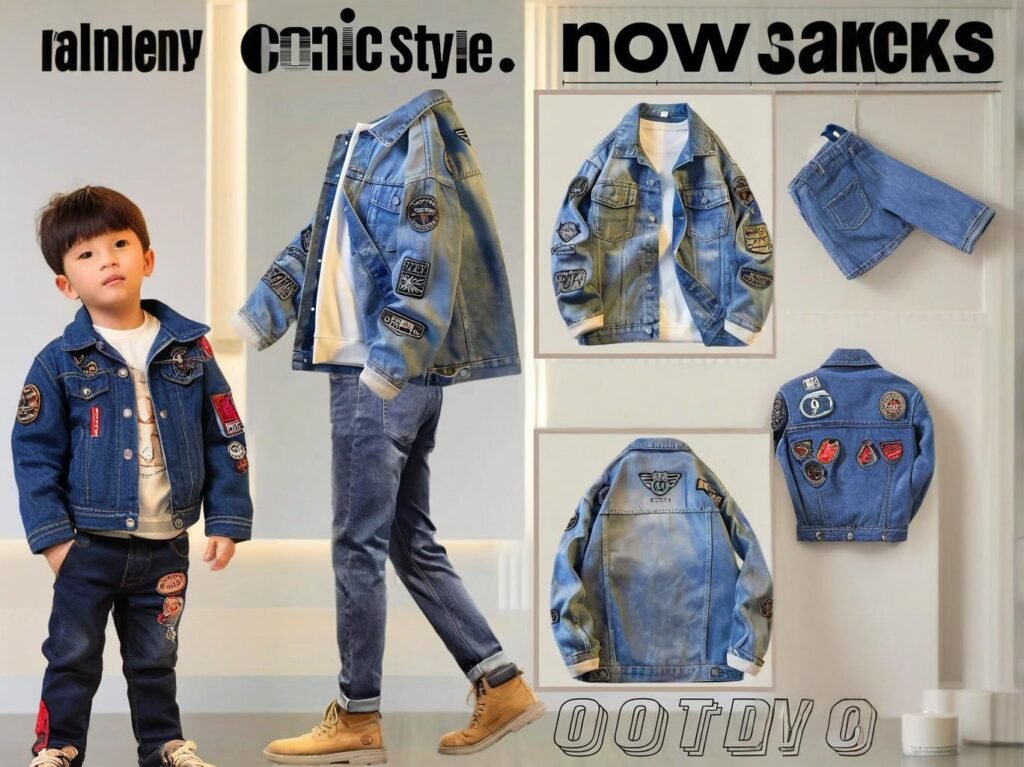
Fabric weight, measured in GSM (grams per square meter), plays a direct role in how denim absorbs and retains dye. Heavier denim often holds more dye due to increased fiber density, affecting both saturation and color consistency during production. Higher GSM denim absorbs more dye, resulting in deeper color saturation and better durability, while lightweight denim may require pre-treatment to ensure uniform dye absorption and reduce patchiness.
The Science Behind Weight and Absorption
1. Fabric Weight Categories in Denim
| Denim Weight Type | GSM Range | Common Usage |
|---|---|---|
| Lightweight Denim | 170–250 GSM | Shirts, summer fashion, DTC |
| Midweight Denim | 250–350 GSM | Jackets, fashion jeans |
| Heavyweight Denim | 350–500 GSM+ | Workwear, heritage jeans |
2. How GSM Affects Dye Penetration
- Low GSM: Fibers are more spaced, leading to quicker dye penetration but less retention.
- Mid GSM: Balanced saturation, widely used for both stretch and rigid products.
- High GSM: Tighter weaves absorb slowly but hold dye longer and more deeply.
3. Dye Bath Considerations
- Heavier denim needs longer immersion or multiple dips for full penetration.
- pH levels and dye particle size must be adjusted based on weight.
Practical Example:
A Tokyo-based boutique brand opted for 12 oz. (approx. 400 GSM) rope-dyed selvedge denim. The brand found that deeper dips were needed to reach indigo saturation, but post-wash fading yielded a uniquely high-contrast look that resonated with their core consumer.
Is Eco-Friendly Dyeing Technology a Cost or Competitive Advantage?
It’s both—depending on how it’s integrated into the supply chain. While initial investment in sustainable dyeing processes (like ozone washing, enzyme treatments, and waterless dye systems) may seem higher, long-term returns come from brand differentiation, reduced utility bills, and alignment with ESG standards. Eco-friendly denim dyeing technologies can increase upfront costs by 10–15%, but long-term benefits include reduced water use, stronger brand loyalty, and compliance with sustainable certifications, offering a major competitive edge.
Evaluating Sustainable Dyeing from All Angles
1. Cost vs Benefit Table
| Sustainability Method | Initial Cost Increase | Long-Term ROI Drivers |
|---|---|---|
| Laser Finishing | 10–15% | No sandblasting, low labor cost |
| Ozone Bleaching | 8–12% | Cuts 60% of water usage |
| Waterless Dyeing | 15–20% | No dye bath waste, faster process |
| Enzyme Washes | 5–8% | Replaces pumice stones, gentler on fibers |
2. Buyer Sentiment Insights
- 64% of Gen Z consumers globally are willing to pay more for sustainably produced apparel (McKinsey 2023).
- B2B buyers now prioritize vendors with GOTS, OEKO-TEX, or ZDHC-compliant processes.
3. SzoneierFabrics’ Sustainable Practices
- Offers waterless indigo dyeing under closed-loop systems.
- No hazardous chemical discharge; certified OEKO-TEX Class 100 compliant.
- Customizable solutions for recycled-cotton denim.
Which Certifications Matter Most for Custom-Dyed Denim in Global Markets?
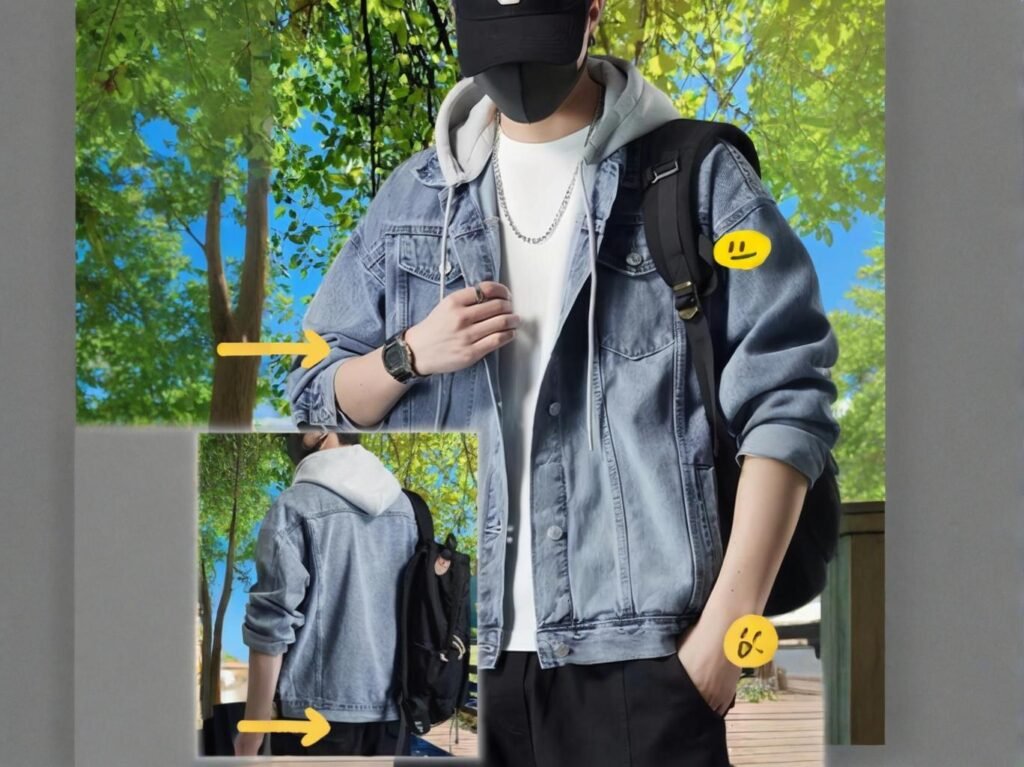
When sourcing custom-dyed denim, certifications provide B2B buyers with trust, traceability, and legal compliance in international trade. For eco-conscious and premium brands, having the right labels can be the key to entering top-tier markets in the EU, USA, and Japan. Certifications like GOTS, OEKO-TEX, ZDHC, and Bluesign ensure that custom-dyed denim meets international sustainability and safety standards, making them essential for private label brands entering regulated markets.
The Most Relevant Certifications for Denim Buyers
1. Comparison Table: Key Certifications
| Certification | Focus Area | Region Recognized | Ideal For |
|---|---|---|---|
| GOTS | Organic textiles | EU, US, Global | Sustainable fashion brands |
| OEKO-TEX 100 | Chemical safety | Global | General textile safety assurance |
| ZDHC MRSL | Zero hazardous chemicals | EU, Global | Green manufacturing compliance |
| Bluesign | Resource efficiency | EU, US | Brands needing reduced carbon footprint |
| REACH | Chemical compliance | EU | Export to European Union |
2. Buyer Use Case Example:
A Los Angeles streetwear brand sourcing custom black denim from China was initially rejected by a European distributor due to missing REACH compliance. After switching to a GOTS and OEKO-TEX certified dyeing process through SzoneierFabrics, the brand secured EU distribution within two months.
3. Beyond Compliance—Marketing Leverage
These certifications can be used not only for legal purposes but also for:
- Product labeling in retail stores
- E-commerce trust-building
- Fashion industry award submissions (e.g., CFDA, Green Carpet Awards)
How to Work with SzoneierFabrics for Custom Denim Dyeing Projects?
SzoneierFabrics offers a streamlined, highly customizable denim dyeing process tailored for private label brands—whether you’re a startup launching your first line or an established company scaling your sustainable collection. To work with SzoneierFabrics, brands can submit custom denim specs, select eco-friendly dyeing methods, and receive free samples, low-MOQ production, and quick turnaround—all supported by global certifications and expert consultation.
The Customization Workflow with SzoneierFabrics
Step-by-Step Collaboration Process:
| Stage | Description |
|---|---|
| Inquiry & Consultation | Submit specs (GSM, dye tone, fabric blend). Receive expert feedback. |
| Free Sample Preparation | Get pre-dyed swatches using your selected colors and wash finish. |
| Custom Lab Dips | Fine-tune indigo or pigment shades with professional testing. |
| MOQ & Production Kick-off | Start production with flexible low MOQs (as low as 100 yards). |
| Certification Assistance | Receive OEKO-TEX, GOTS, or REACH documentation for your export channels. |
| Logistics & Delivery | Global express shipping with customs documents included. |
Client Support Highlights:
- Language & timezone flexibility for global brands.
- Real-time production updates via video and photo sharing.
- Private-label support with non-disclosure and brand confidentiality guaranteed.
Dyeing Your Brand’s Future in Color
In today’s hyper-competitive, eco-conscious market, custom-dyed denim isn’t just a fashion choice—it’s a strategic brand differentiator. From innovative techniques like rope dyeing to certifications that open new markets, denim dyeing can be tailored to both brand story and sustainability goals.
SzoneierFabrics stands ready to help you bring your custom denim vision to life—with flexible production, transparent processes, and global-quality standards.
Ready to start your own custom denim dyeing project? Contact SzoneierFabrics today for a free consultation, swatch sample, and custom quote tailored to your exact fabric and color specs.

